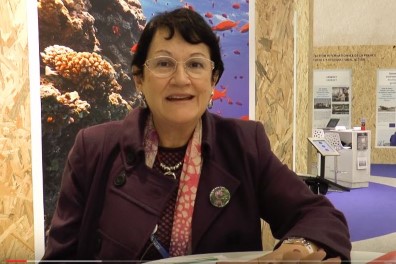Santa Eulalia is a small water basin about 65 km from Lima, the capital of Peru, with ten million inhabitants. Despite its size, through Santa Eulalia runs 50% of the water, and it produces 70% of the energy consumed in Lima.
When it was decided that the Water, Climate and Development Programme (WACDEP) should be implemented by GWP South America, GWP Peru suggested to focus on the Santa Eulalia water basin as a pilot project. This was approved and the project took off in 2013. The aim was to put in practice transectoral cooperation to generate resilience to climate change and advance water security in the area.
IWRM as Guidance
The programme applies the Integrated Water Resources Management (IWRM) approach as a means to improve governance and set the foundation for long term inclusive and participatory planning, and put in practice the legal framework on payment for ecosystem services. In its third year running now, the programme has showed some great results, says Dr. Bernex, with stakeholders from different sectors finally talking and collaborating.
The programme has established a working platform made up by ministries and some key governmental agencies, as well as NGOs, communities and local governments. They are all now working together and developing inter-institutional synergies.
Governance is changing considerably, not only affecting the quality of life for people, but the way they relate to each other. Dr Bernex states that “these are only the first steps, over the next two years we hope to strengthen the links between the city and the rural areas.”
Dr. Bernex gives credit to GWP, saying that the credibility of the name means a lot: “I think that people, when they see Global Water Partnership, they think they will get respect for their traditions, strengthened capacity building and they will learn together about what the situation is really like.”
Watch the full interview with Dr. Bernex, where she describes the Santa Eulalia project:

